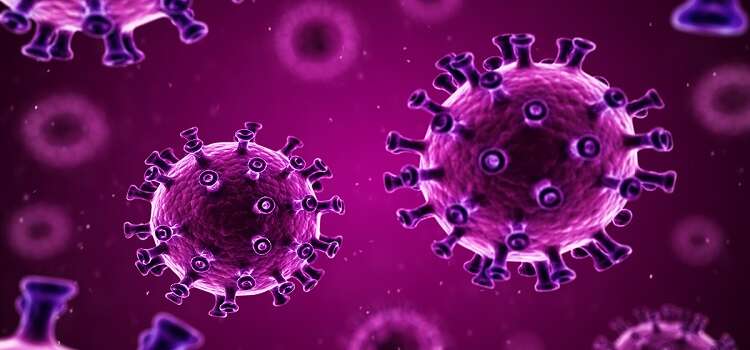Malik Talha.
Introduction:
The coronavirus or COVID-19 is inciting trepidation for a number of incentives. It is the latest virus, which means no one has derogation. It is extremely contagious that is it proliferate very fast. Its originality means that researchers are not absolutely sure as to how it acts since they have very little history to go on.
Pakistan Coping with COVID-19:
COVID-19 has had disastrous health and economic outcomes on developing and developed countries alike, yet some countries have fared better than others. In terms of both controlling the spread of COVID-19 and managing the pandemic’s economic consequences, Pakistan has reported better outcomes than many other emerging market countries. If we see the Pakistani response to the crisis, the beginning was a very clear-cut position taken by PM Imran Khan, that the government has to make decisions based on balancing the need to protect both lives and livelihoods. Back in the early to middle of march that was not a popular position to take because people used to argue that there is no trade-off and you should focus purely on the health aspect of the pandemic and that would also give you the best long-term economic returns. In order to formulate and more important as those who know Pakistan implementing policy has always been the biggest challenge and the decision that was taken at that point in time was that we needed a national cohesive effort.
So a platform was created. It was called National Coordinator Center (NCOC) and it was headed by the Prime Minister himself, all the provincial Chief Ministers were a part of it, several of the Federal Ministers were part of it. At the end of the march, there was a decision that to operationalize the decision making, we needed a national platform and a national command and operation center which was chaired by ministries, military components to its civilian federal agencies, provincial agencies. And they all worked round the clock essentially for four or five months and used to meet formal meetings every day over this period. We followed the testing, tracking, quarantine strategy which was the best global practice that we could find was, What had been done in South Korea?
In order to make that happen there were two different elements to it. One was creating an administrative structure that started from the NCOC and went down to the grassroots level across Pakistan. Thousands of people from both the health departments, the provincial health departments as well as the administrative side of the provincial government were involved in this. The second element was user technology, a fairly sophisticated technology got used which allowed management to do two things for this strategy: one was the ability to track the contacts of those who were tested positive and the second thing was that taking the data of indexed persons as they referred to and mapping it on to population centers. Using Geo-tagging management were able to identify hotspots. In the middle of November, we now have contact racing numbers on the national average for each index person. We are now being able to identify, contact, and test. Similarly, the lockdowns or the hotspot-based lockdowns were initially broad lockdowns then they were made more specific.
Conclusion:
In the current phase that we are going through, we call them micro SLDs ( micro smart lockdowns). So the bottom line results, starting from the middle of August to the middle of September, our positivity ratio is below 2% which had peaked at 22% in the middle of June. So they are down by the factor of ten. Our mortality numbers which had peaked at 124 daily deaths in the middle of June had been in single digits on a daily basis.

